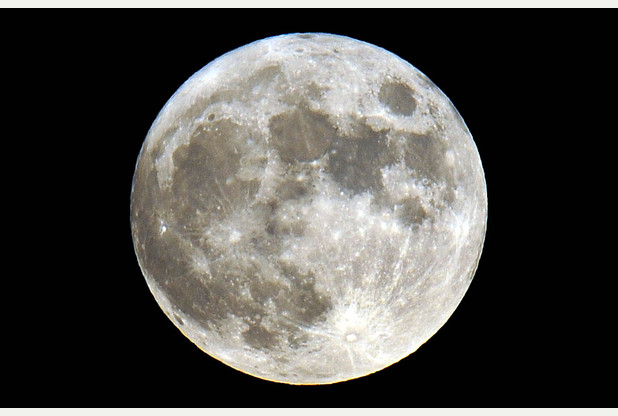-
Tips for becoming a good boxer - November 6, 2020
-
7 expert tips for making your hens night a memorable one - November 6, 2020
-
5 reasons to host your Christmas party on a cruise boat - November 6, 2020
-
What to do when you’re charged with a crime - November 6, 2020
-
Should you get one or multiple dogs? Here’s all you need to know - November 3, 2020
-
A Guide: How to Build Your Very Own Magic Mirror - February 14, 2019
-
Our Top Inspirational Baseball Stars - November 24, 2018
-
Five Tech Tools That Will Help You Turn Your Blog into a Business - November 24, 2018
-
How to Indulge on Vacation without Expanding Your Waist - November 9, 2018
-
5 Strategies for Businesses to Appeal to Today’s Increasingly Mobile-Crazed Customers - November 9, 2018
British spaceship engine like ‘Star Trek impulse drive’ – could get people to the Moon in 4 hours
Day trips to the moon could soon be a reality after scientists confirmed a new propulsion drive, once thought “impossible” to build, actually works and could take punters to the lunar world in just four hours.
Advertisement
In May, NASA announced it had successfully tested an EM Drive in a vacuum.
The EM Drive was developed by the British inventor Roger Shawyer almost 15 years ago but was ridiculed at the time as being scientifically impossible. Furthermore, as many scientists note, there is simply no getting around the fact that the engine completely ignores one of the fundamental laws of physics.
German scientist Martin Tajmar, who has a history of debunking fanciful propulsion systems, claims in a paper he has tested a copy of Nasa’s experimental device (known as the EMDrive) and that it does produce thrust.
Despite appearing to contradict our understanding of physics, NASA’s tests of the device (which has been described by overenthusiastic media as an attempt to make a Star Trek warp drive) inexplicably produced a thrust in 2014. With an engine that is capable of producing thrust thousands of times greater than a standard proton rocket, we would be able to reach Mars in 70 days and Alpha Centauri in “only” 100 years, as opposed to the tens of thousands of years it would take now, according to the Daily Mail.
Admitting that the conditions under which they obtained the test results were not sufficiently exacting to confirm the claims that the EM Drive actually works, the researcher said the results nevertheless indicate need for further investigation of the cause of observed measurable thrusts.
NASA later revisited the design, suggesting it may be possible.
The idea has now received outside verification by Martin Tajmar, a professor and chair of Space Systems at the Dresden University of Technology in Germany.
“Our measurements reveal thrusts as expected from previous claims after carefully studying thermal and electromagnetic interferences“, said Professor Tajmar.
The Electro Magnetic Drive, or EMDrive, seemed to convert electrical energy to thrust without the need for any propellant, which could enable space travel faster than ever possible before.
The EM drive has puzzled researchers as it challenges the law of conservation of momentum.
Prof Tajmer has presented his findings to the American Institute for Aeronautics and Astronautics’ (AIAA) 2015 Propulsion and Energy Forum and Exposition. NASA is not sure about the working of the drive but has suggested it could be linked to technology manipulating subatomic particles’ popping in and out in empty space.
Advertisement




























